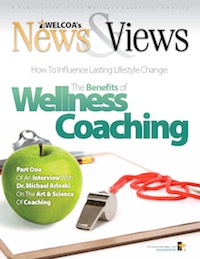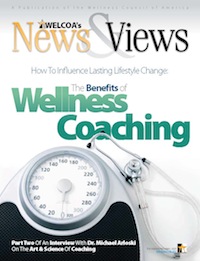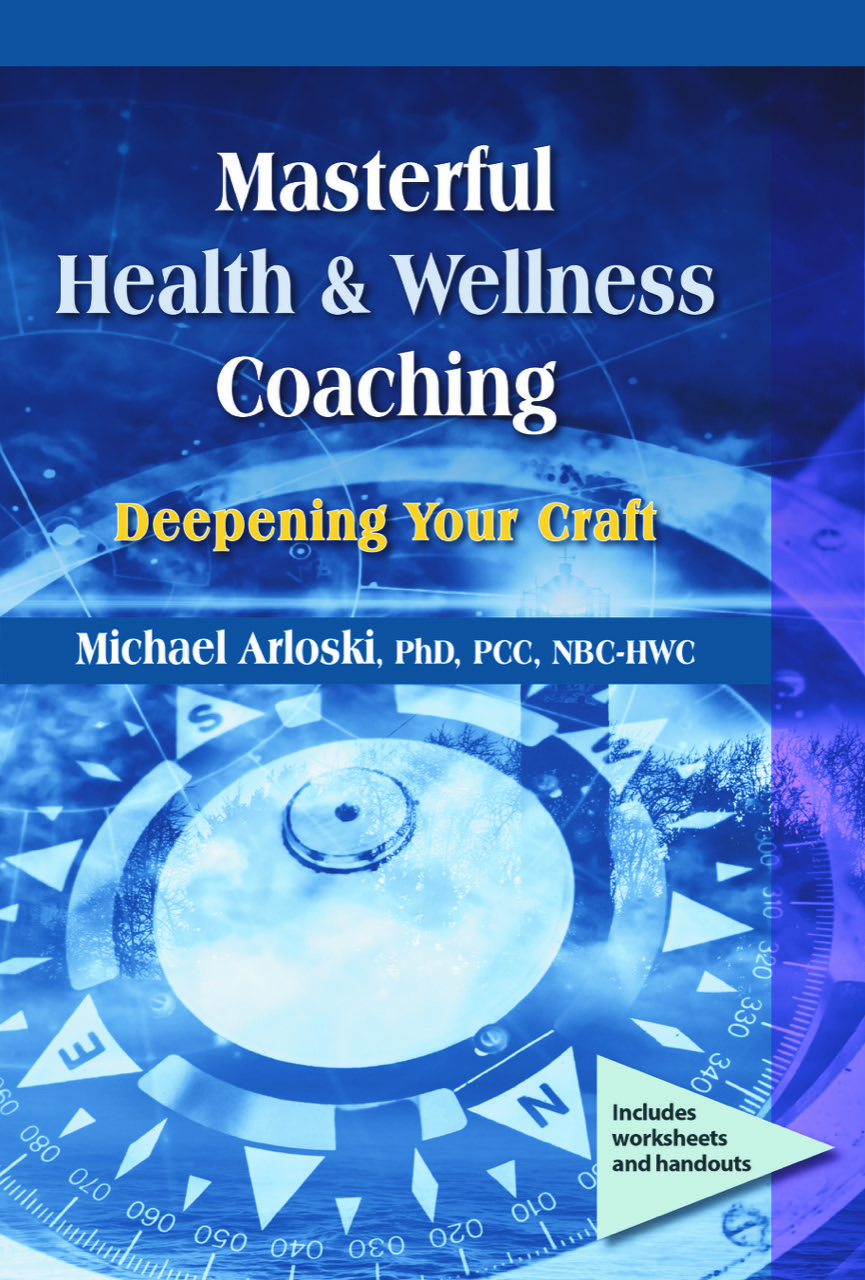Slimmest City in the Country = Fort Collins, Colorado
When the Fort Collins/Loveland, Colorado metro area topped the Gallup Poll research as being the least obese metro area in the United States, those of us who live here were proud, but not very surprised. It is evident that things are a bit different here…in a good way.
Gallup found that there are huge disparities across our nation when it comes to both the statistics of obesity, and the other factors that contribute to that ever-expanding bottom line. Why is it that the ten most obese metro areas have an average obesity rate of 33.8% while the ten least obese metro areas have an average rate of only 18.7%? Why does the hometown of Real Balance Global Wellness Services (Ft. Collins) have an obesity rate of only 16.0% compared with the national average of 26.5%? Why are only 5% of the residents of Boulder, Colorado challenged with diabetes and 18.9% of the folks in the Mission, Texas area currently diagnosed with it?
Looking at more than just the BMI results, Gallup explored income, health habits and access to both healthy foods and safe places to exercise. Again, there were great disparities. Check out the details at http://www.gallup.com/poll/126362/Good-Health-Habits-Norm-Slimmest-Metro-Areas.aspx?CSTS=alert .
So, what makes us so special? Many people in Fort Collins were attracted to move here to live in an area where outdoor recreation opportunity abounds, so a lot of us came here valuing healthy lifestyles. Our population, while aging like everywhere else, tends to be young. We also tend to remain active, very active. Peer health norms here are very positively skewed toward activity and healthy eating, lots of contact with nature and a high degree of social connection, perhaps the perfect formula for wellness! Most of the people I know personally, who range from their late twenties to their early sixties, are almost all actively involved in bike-riding, walking, hiking, dancing, skiing (both downhill and cross-country), and/or have a membership at a health club.
We still go to movies, have sedentary jobs, eat ice cream and pizza, but we also are just as likely to get together with friends around a planned hike, bike ride or picnic outdoors, or spend a weekend night out vigorously dancing. The peer health norms support such fun activity, it’s what folks tend to do here when they get together. Health club membership levels are very high as well. Gallup found that “Half or more of residents in all of the least obese areas report exercising for at least 30 minutes three or more days per week.”
Our city is riddled with bike paths that avoid city streets and follow rivers and creeks along scenic parklands (kudos to a city parks department with vision and state lottery funding). The foothills of the Rocky Mountains begin at the very edge of our city limits. Enough said, we do indeed have access to safe activity-oriented recreation.
Access to affordable healthy food is another factor, and having the income to spend on it. In the ten least obese areas in the country residents indicated that, for the most part they had both of these factors working for them.
Part of what puts communities like ours at the top of the list, and places like Boulder, Colorado, a close second, are sociological. Younger populations, higher than average income and educational levels probably give us advantages that we can claim little credit for. The questions to learn from that we might look at though, is how did places like us, and others in the top ten like Barnstable Town, MA, and San Louis Obispo, CA, consciously develop healthier communities? How can other communities follow suite?
Further, from the wellness professional’s perspective we need to ask, what does this information about healthy and unhealthy communities hold for us? The quick answer is “a gold mine”! We need to mine this information and look at both what works and what we wellness workers, and our clients, are up against.
We’ll be exploring these questions further in this blog. Stay tuned!








Only registered and logged in readers can leave comments.